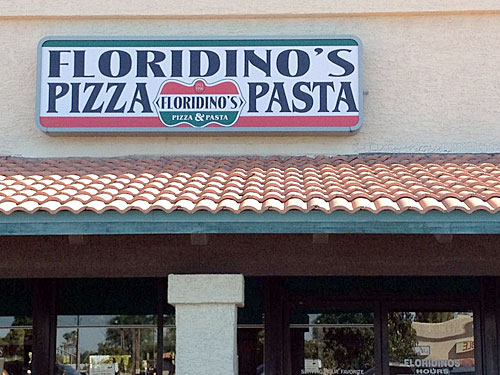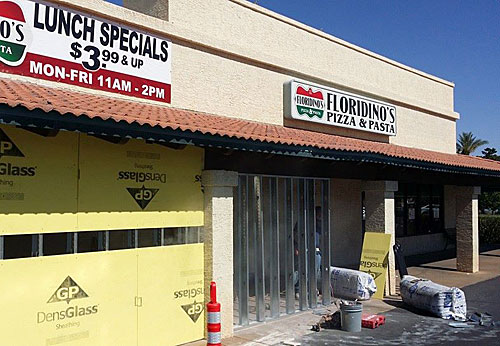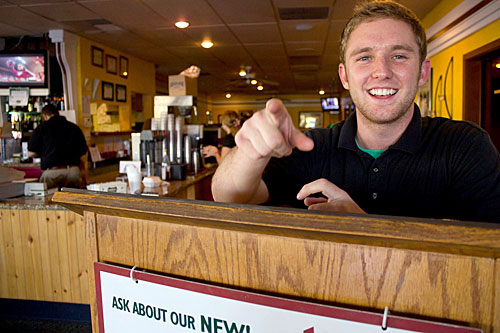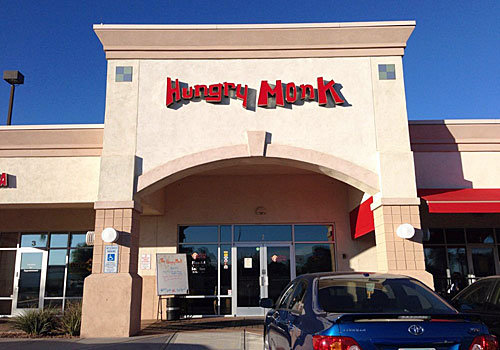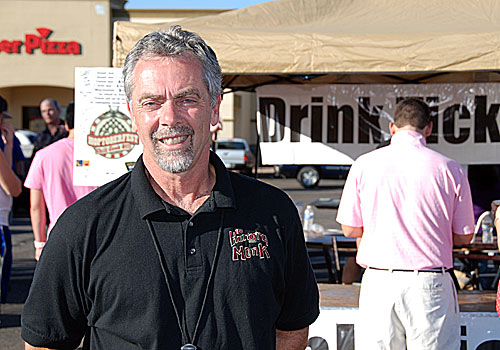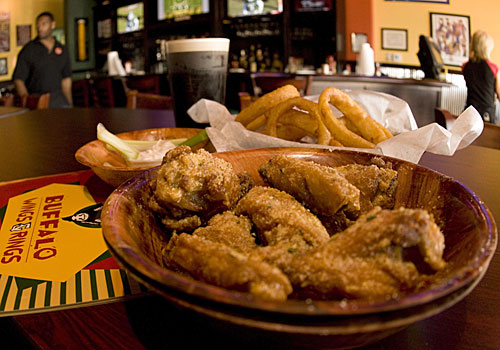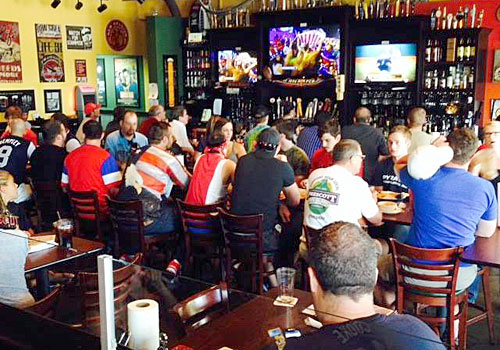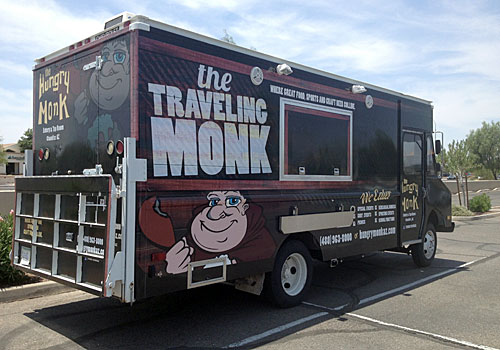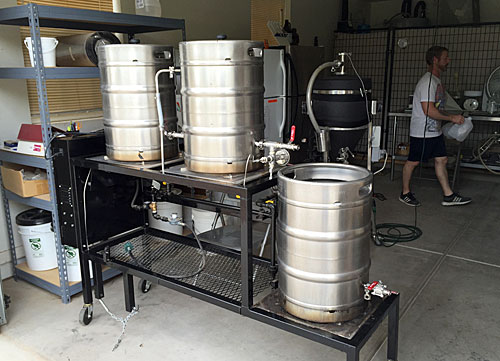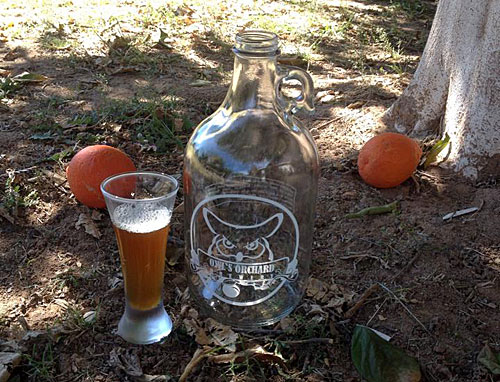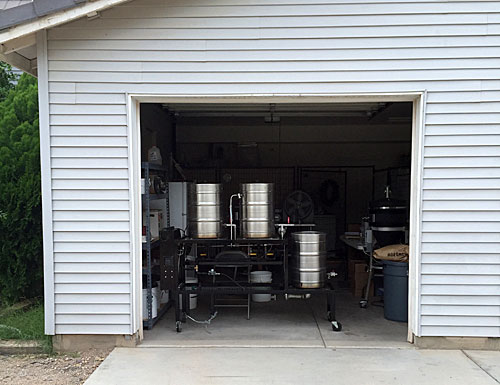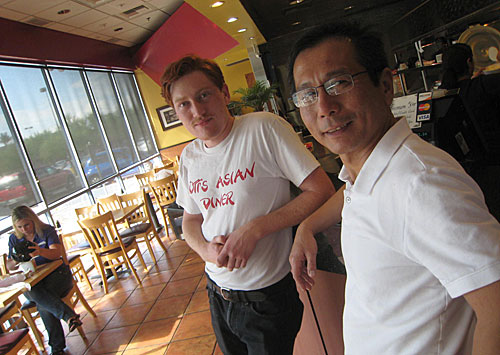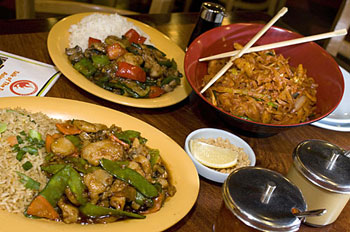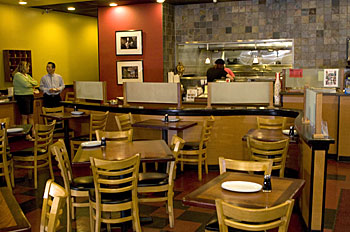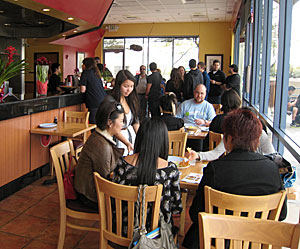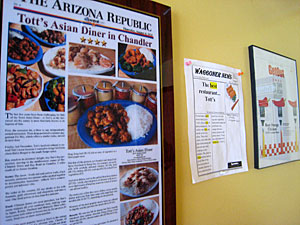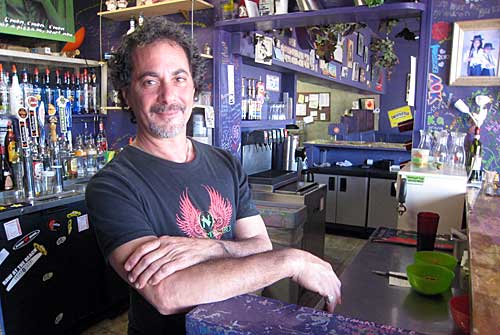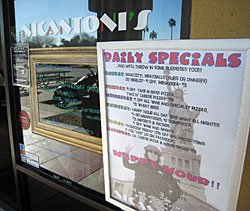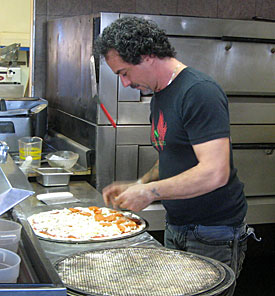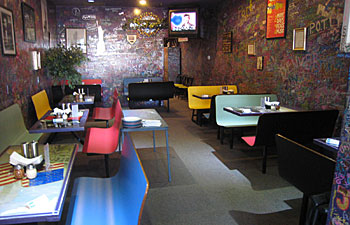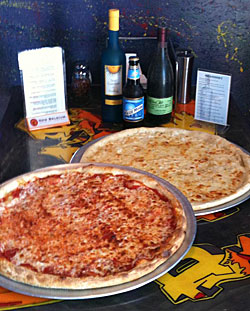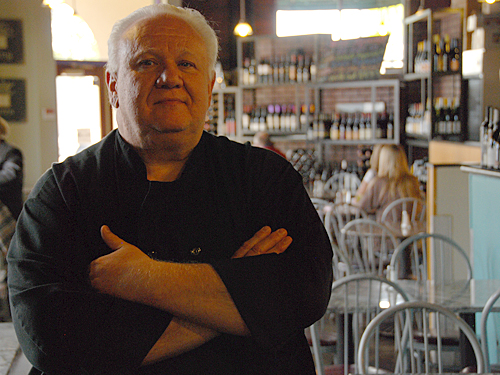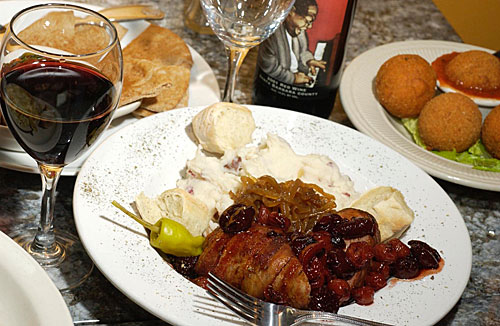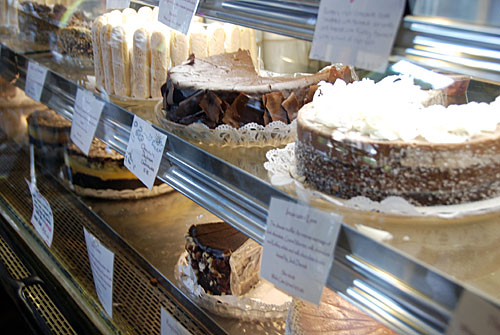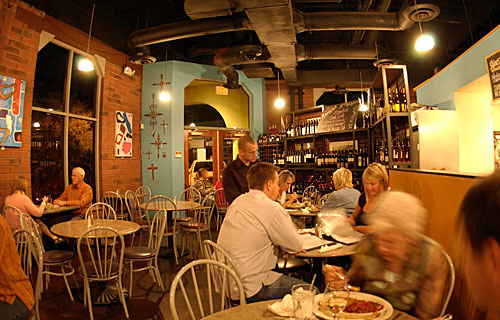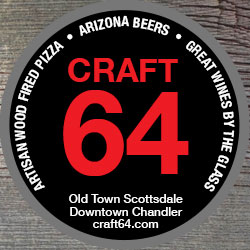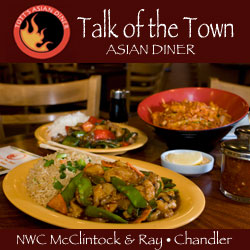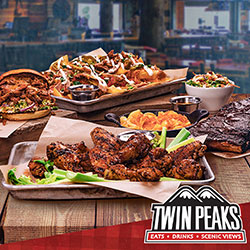Any restaurateur would be thrilled to have a concept remain popular for more than 20 years. Jeff Weninger and Shaun Kelly have two – Dilly’s Deli, which reached that milestone in 2013, and Floridino’s Pizza & Pasta, which celebrates its 20th anniversary today.
In some ways, it’s not that surprising. The longtime friends grew up working in restaurants in Wichita, Kansas, the hometown of a pretty successful chain called Pizza Hut.
‘‘It’s one of the best test markets for restaurants there is,’’ Weninger says. ‘‘So many people there used to work for Pizza Hut, then would go on to open their own concepts.’’
The two started early in the food and beverage industry – Kelly at age 12, Weninger at 14. By the time they finished college, the friends were serving and tending bar at Carlos O’Kelly’s, a Mexican chain popular throughout the Midwest.
As fate would have it, though, Kelly and Weninger’s futures wouldn’t be in Wichita, but several hundred miles to the southwest.
It was a phone call from Kelly’s father, Gil, a longtime restaurateur and mentor to the pair, inviting them to come live with him in the Ocotillo area of south Chandler, that would change the course of their lives.
‘‘There’s nothing to do in Wichita except get in trouble,’’ Weninger laughs. ‘‘Let’s just say I was working hard but having a lot of fun, so when the invitation came to move halfway across the country to open up restaurants, it was an easy decision.’’
Floridino’s (Dilly’s is a story for another day) was a success from the day it opened on Alma School, about halfway between Chandler Boulevard and Ray, in a space that formerly housed Zio Johno’s Spaghetti House.
At the time, the location practically was the southern edge of a much smaller city. Living with Gil in Ocotillo, the closest place to buy something was several miles away at a Circle K on Chandler Boulevard.
‘‘There was nothing out here,’’ Weninger recalls. ‘‘There were no restaurants, so you really had a captive audience. Now there are hundreds of restaurants. Thankfully we’re ingrained in the community where people who came in as kids with their parents now bring in their kids.’’
At just 3,000 square square feet in the early days – about one-third its current size – Floridino’s was packed with diners who loved its casual atmosphere and inexpensive yet tasty food.
‘‘This was back in the smoking days,’’ Weninger says. ‘‘So smoking was up front, and non was in the back. You only had four tables in non. People would sit and wait in smoking for an hour for a non-smoking table. It was crazy.’’
The most popular menu item was not the pizzas or pastas or even the plate-sized calzones. It was, and still remains, the pizza muffins (pictured above), spirals of dough filled with cheese and toppings.
‘‘I love our pizza muffins, but it’s alarming when you go around and that’s what you’re identified with,’’ Weninger says. ‘‘People call them a million different things – pizza rolls, pizza bagels, pizza wheels…’’
Weninger and Kelly used the cash flow from Dilly’s and Floridino’s to pay back Kelly’s father. Then they began to open additional locations – three more for Dilly’s (they opted to close two of them earlier this year because they were under-performing) and, in 2003, another Floridino’s in Gilbert.
After a few years, Weninger and Kelly sold the Gilbert restaurant to someone else, who sold it to someone else, who sometimes uses the Floridino’s name (and sometimes variations of it), but not the same recipes.
‘‘Unfortunately, sometimes people still confuse us,’’ Weninger admits.
In 2006, Weninger parlayed a longtime interest in politics into a successful run for Chandler City Council (shown above) on his first attempt. He would serve 10 years before running, successfully again, for the State Legislature in 2014.
Still, the restaurant business remains in his blood. Even during the Legislative session you’ll still find him at Floridino’s – even if it’s not the 10-hour shifts he works during other times of the year.
‘‘People are surprised when I’m bringing them their food or bussing their table,’’ he says. ‘‘I’ve had people give me bad advice over the years like, ‘You can’t be doing that kind of thing.’ Like that’s beneath me.’’
‘‘I’m a worker, and I enjoy working alongside my employees. I’m not the kind of guy who’s going to just sit around pointing fingers at things that need to be done.’’
Floridino’s expanded in 2008 and again in 2012, enlarging the dining area, adding a banquet room, and, most importantly, expanding the kitchen to meet the ever-growing demand.
It’s currently in the midst of another expansion, building a larger walk-in cooler that extends out onto the walkway on the restaurant’s east side (shown above). The configuration will create a side patio that will debut this fall.
The kitchen is getting an extra six-bay oven and additional gas burners, but it won’t be enough to allow Floridino’s to begin delivery.
‘‘We want to at some point,’’ Weninger says. ‘‘But my kitchen manager would probably strangle me if I considered that right now.’’
Looking a little further down the road, Kelly and Weninger may open another Floridino’s.
‘‘Where we think it might work is some of the smaller, outlying communities – Queen Creek, San Tan Valley area, Maricopa,’’ he says. ‘‘It’s not definite, but we are actively looking.’’
He’s also thinking of getting a food truck – not for pizza and pasta but just to sell pizza muffins at festivals and other events.
One trend he wants no part of is the recent rush of three-minute, build-your-own pizza concepts that have popped up all over the Valley.
‘‘It’s gonna be like bagels in the early ’90s,’’ Weninger says. ‘‘There’s gonna be one guy left standing. There’s no way these guys are all profitable.’’
Asked the key to Floridino’s successful 20-year run, Weninger credits two factors.
One, of course, is good food at a good price.
‘‘You go to Olive Garden, or some fancier place, you’ll pay almost double what you pay when you come here,’’ he says.
But the most important factor has nothing to do with food or price.
‘‘When you come in here, look at our employees,’’ Weninger says. ‘‘It’s a family with us and them. It’s a family with them and our customers. People who started with us when they were 15 or 16 are in their 30s now and still work for us.
‘‘Not to be cheesy, but it’s kinda like Cheers. If you just sit a table here and people-watch, you’ll see people all day long getting up and going over to another table to say hi to some person. And this person is saying hi to that person.
‘‘I mean, everybody knows everybody in here, and our staff knows all our customers, knows their drinks and knows what they’re going to order. They know their lives.’’
Floridino’s Pizza & Pasta, 590 N. Alma School, Chandler (map), is open 11 a.m. to 9 p.m. Sunday through Thursday and 11 a.m. to 10 p.m. Friday and Saturday. Info: 480-812-8433 or floridinos.net.

